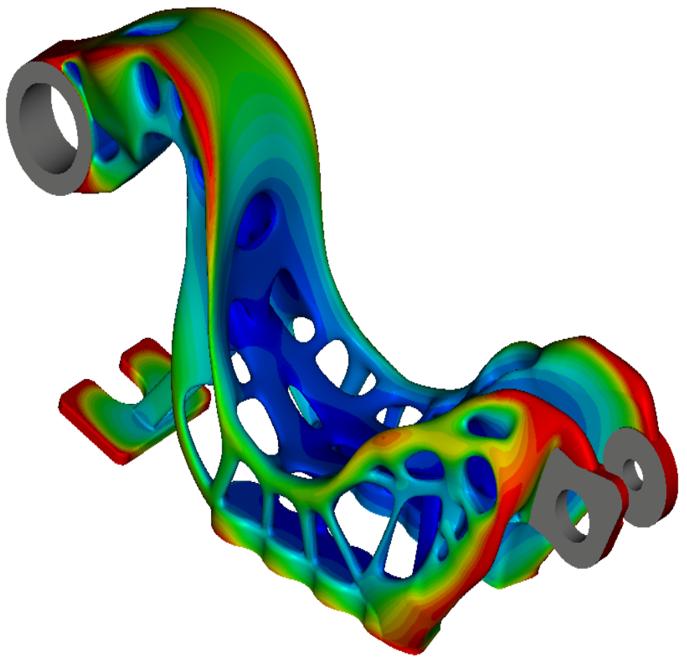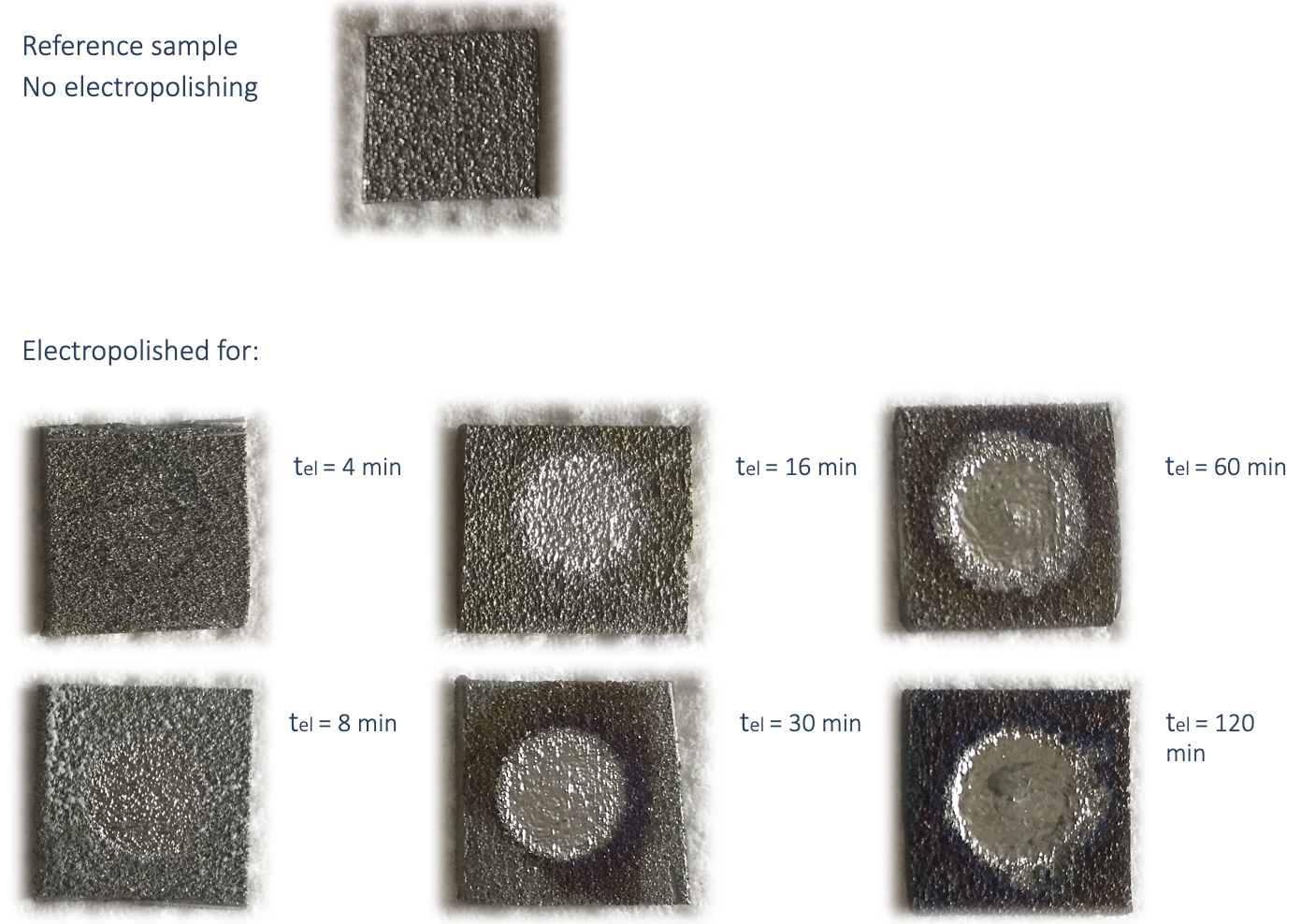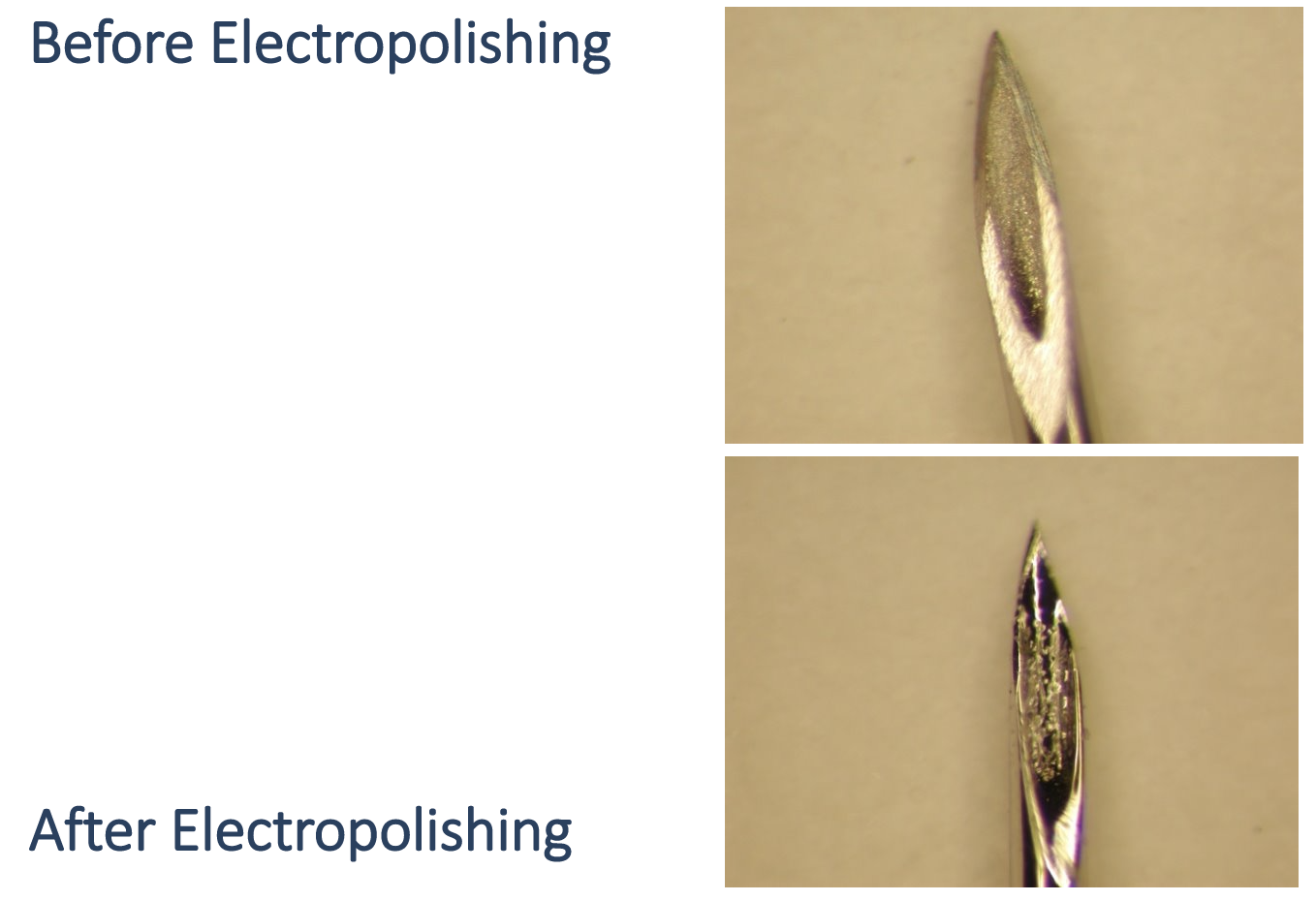
From Rough to Refined: How Electropolishing Enhances the Performance of 3D Printed Metal Parts
Electropolishing know-how

The world of 3D printing has revolutionized the way we manufacture and design parts for various industries, from aerospace to medical. However, the process of 3D printing metal parts can sometimes leave a rough and uneven surface that can negatively impact the part's performance. Enter electropolishing - a process that removes surface imperfections, contaminants, and burrs from metal parts, resulting in a smooth and polished finish. But, it's not just about aesthetics. Electropolishing can also enhance the performance of 3D printed metal parts by improving corrosion resistance, fatigue strength, and wear resistance. In this article, we'll delve deeper into how electropolishing works, its benefits, and how it can take your 3D printed metal parts from rough to refined. So, if you're curious about how to optimize the performance of your 3D printed metal parts, keep reading to discover the power of electropolishing.
What is Electropolishing and How Does it Work?
Electropolishing is an electrochemical process that removes a thin layer of metal from the surface of a part, resulting in a smooth and polished finish. The process involves immersing the metal part in an electrolyte solution and applying an electric current to the part. The electric current causes the metal at the surface of the part to dissolve, smoothing out any roughness, and removing any burrs or contaminants. The process continues until the surface of the part is entirely smooth and polished.
The electropolishing process is highly controlled and can be adjusted to achieve different levels of smoothness and polish. The process can be used on a wide range of metals, including stainless steel, aluminum, copper, and titanium. Electropolishing is commonly used in industries such as medical, aerospace, and automotive, where the performance of metal parts is critical.
Electropolishing can also be used as a final finishing step after other surface treatments such as passivation, to further enhance the part's surface quality.

The Electropolishing Process for 3D Printed Metal Parts
The electropolishing process is particularly useful for 3D printed metal parts, which can have a rough and uneven surface due to the layer-by-layer printing process. Electropolishing can remove these imperfections, resulting in a smooth and polished surface. The process also smooths out any rough edges or burrs that may have been left behind during the printing process.
Before electropolishing, 3D printed metal parts need to be cleaned thoroughly to remove any remaining support structures, oils, or debris. The parts are then immersed in an electrolyte solution and subjected to an electric current. The current causes the metal to dissolve, removing any surface imperfections and resulting in a smooth and polished finish.
The electropolishing process can be done manually or using automated equipment, depending on the size and complexity of the part. Manual electropolishing involves immersing the part in the electrolyte solution and using a hand-held electrode to apply the electric current. Automated equipment, on the other hand, uses a computer-controlled system to move the part through the electrolyte solution and apply the electric current.
Benefits of Electropolishing 3D Printed Metal Parts
Electropolishing offers several benefits for 3D printed metal parts. Perhaps the most significant benefit is the improvement in surface quality. 3D printed metal parts often have a rough and uneven surface due to the layer-by-layer printing process. Electropolishing can remove these imperfections, resulting in a smooth and polished surface that is free from burrs and contaminants.
Electropolishing can also improve the corrosion resistance of 3D printed metal parts. The process removes any contaminants or impurities from the surface of the part, making it less susceptible to corrosion. By improving the corrosion resistance of the part, electropolishing can extend the part's lifespan and improve its performance.

Another benefit of electropolishing is improved fatigue strength. The process removes any microcracks or other surface imperfections that can weaken the structure of the part. By improving the part's fatigue strength, electropolishing can make it more durable and less prone to failure.
Electropolishing can also improve the wear resistance of 3D printed metal parts. The process removes any surface imperfections or roughness that can cause premature wear and tear on the part. By improving the wear resistance of the part, electropolishing can extend the part's lifespan and improve its performance.
Conclusion and Future of Electropolishing in 3D Printing
Electropolishing is a powerful tool for improving the performance of 3D printed metal parts. The process removes surface imperfections, contaminants, and burrs, resulting in a smooth and polished surface that performs better. Electropolishing can improve the corrosion resistance, fatigue strength, and wear resistance of 3D printed metal parts, making them more durable and longer-lasting.
As 3D printing continues to grow in popularity, the demand for electropolishing is likely to increase. The process is already widely used in industries such as medical, aerospace, and automotive, and its use in 3D printing is likely to become more widespread. As technology advances, the electropolishing process may become more efficient and cost-effective, making it an even more attractive option for improving the performance of 3D printed metal parts.
In conclusion, electropolishing is a valuable tool for enhancing the performance of 3D printed metal parts. The process offers significant benefits, including improved surface quality, corrosion resistance, fatigue strength, and wear resistance. If you're looking to optimize the performance of your 3D printed metal parts, consider electropolishing as a finishing step to take your parts from rough to refined.
Read the full AeroMat 2023 presentation to learn more: Post-processing surface treatment in the age of 3D printing: Electropolishing know-how (AEROMAT 2023) · Elsyca NV
